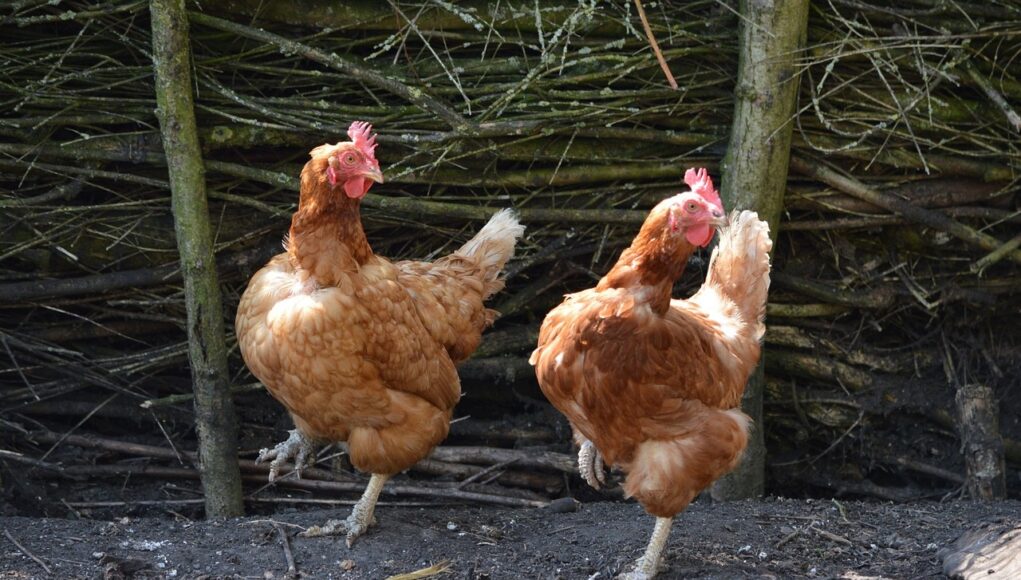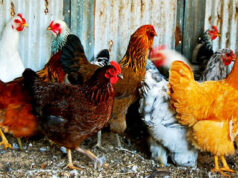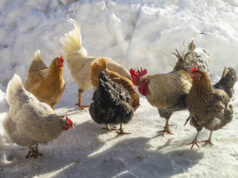Raising chickens comes with its own set of challenges, and one of the most concerning is a chicken disease that causes leg paralysis. This condition can be a sign of serious underlying health issues in your flock. Whether you’re a seasoned poultry keeper or new to chicken raising, this guide is tailored to provide you with comprehensive information to diagnose, treat, and prevent this debilitating disease.

What Causes Leg Paralysis in Chickens?
Leg paralysis in chickens can be attributed to various diseases. Let’s explore the primary causes:
Marek’s Disease
Marek’s Disease is one of the leading causes of leg paralysis in chickens. This viral infection affects young birds and can lead to severe neurological issues.
Newcastle Disease
Another viral disease that can cause leg paralysis is Newcastle Disease. It is highly contagious and can spread rapidly through a flock.
Botulism
Botulism is caused by bacteria that can paralyze the muscles, including those in the legs. It often results from chickens consuming spoiled food or contaminated water.
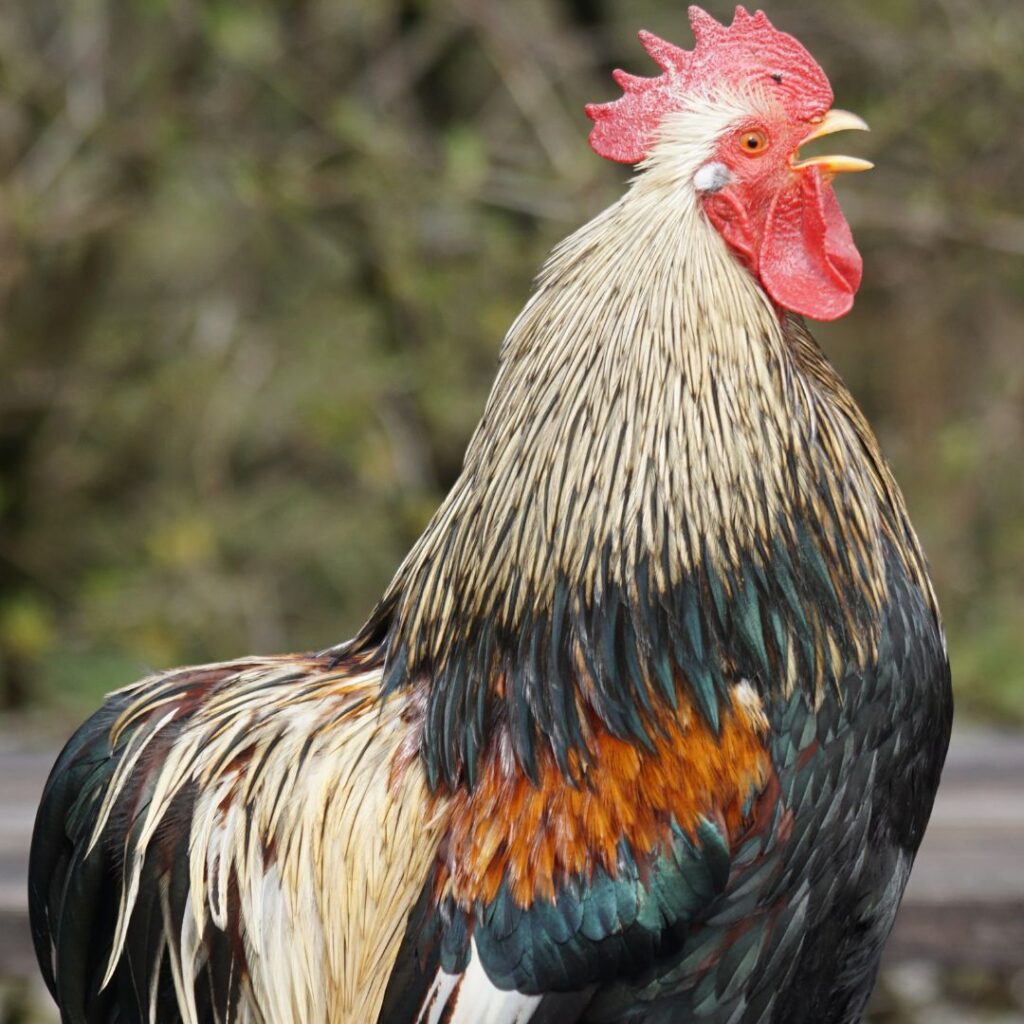
Symptoms of Chicken Disease That Causes Leg Paralysis
Spotting the symptoms early can make a significant difference in managing the disease. Here are the common signs:
Weakness
Chickens may show general weakness and inability to move their legs properly.
Paralysis
Complete loss of leg function is a definitive sign of severe disease.
Loss of Coordination
Birds may exhibit unsteady movement and difficulty walking.
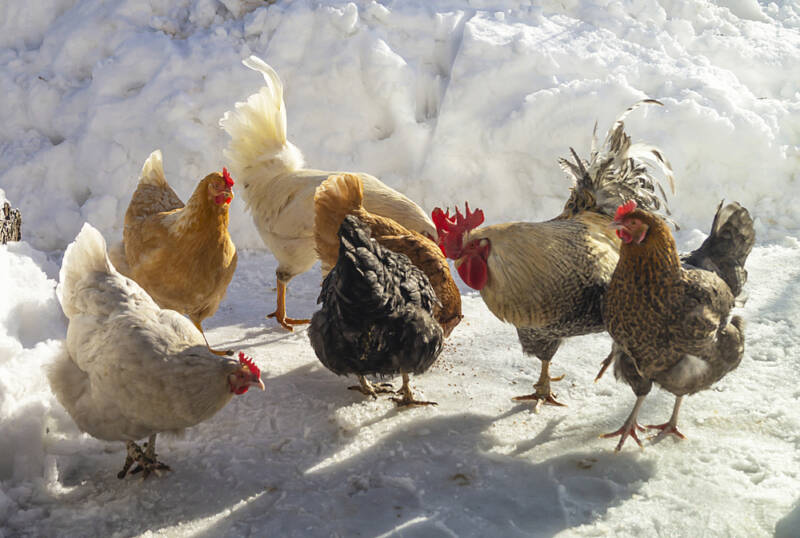
How to Diagnose Chicken Disease?
Proper diagnosis is crucial for effective treatment.
Veterinary Examination
A thorough examination by a veterinarian can identify the specific cause of leg paralysis.
Laboratory Tests
Blood tests and tissue samples may be necessary to pinpoint the exact disease.

Treatment Options
Once diagnosed, treatment options vary based on the specific disease:
Vaccination
Vaccines can help prevent diseases like Marek’s and Newcastle Disease.
Antibiotics
For bacterial infections such as botulism, antibiotics are essential.
Supportive Care
Providing supportive care, including proper nutrition and clean water, can aid in recovery.
Preventive Measures
Prevention is always better than cure. Here are some steps to ensure the health of your flock:
Maintain Hygiene
Regular cleaning of the coop and feeding areas prevents bacterial infections.
Quarantine New Birds
Isolate new birds before introducing them to the flock to prevent disease spread.
Vaccinations
Regular vaccination schedules can keep viral diseases at bay.
Case Study: Marek’s Disease Recovery
Let’s look at a real-world example of a successful recovery from Marek’s Disease:
A small farm in Ohio managed to rescue a flock affected by Marek’s Disease through early diagnosis, vaccination, and supportive care.
Common Mistakes to Avoid
Avoid these common mistakes when dealing with leg paralysis in chickens:
Ignoring Early Symptoms
Delaying treatment can lead to severe complications.
Improper Nutrition
Inadequate diet can weaken immune systems, making chickens more susceptible to disease.
Poor Biosecurity
Not following biosecurity measures can result in disease spread.
FAQs
What is the primary cause of leg paralysis in chickens?
Marek’s Disease is the most common cause of leg paralysis in chickens.
How can I prevent leg paralysis in my flock?
Maintaining hygiene, regular vaccinations, and quarantining new birds are key preventive measures.
Is leg paralysis in chickens treatable?
Yes, with early diagnosis and appropriate treatment, leg paralysis can be managed effectively.
For more detailed information, you can refer to Chicken Muscle Disease, Chicken Disease Symptoms, and Marek’s Disease Timeline.
For more on various chicken diseases and their symptoms, refer to this guide on chicken diseases.
